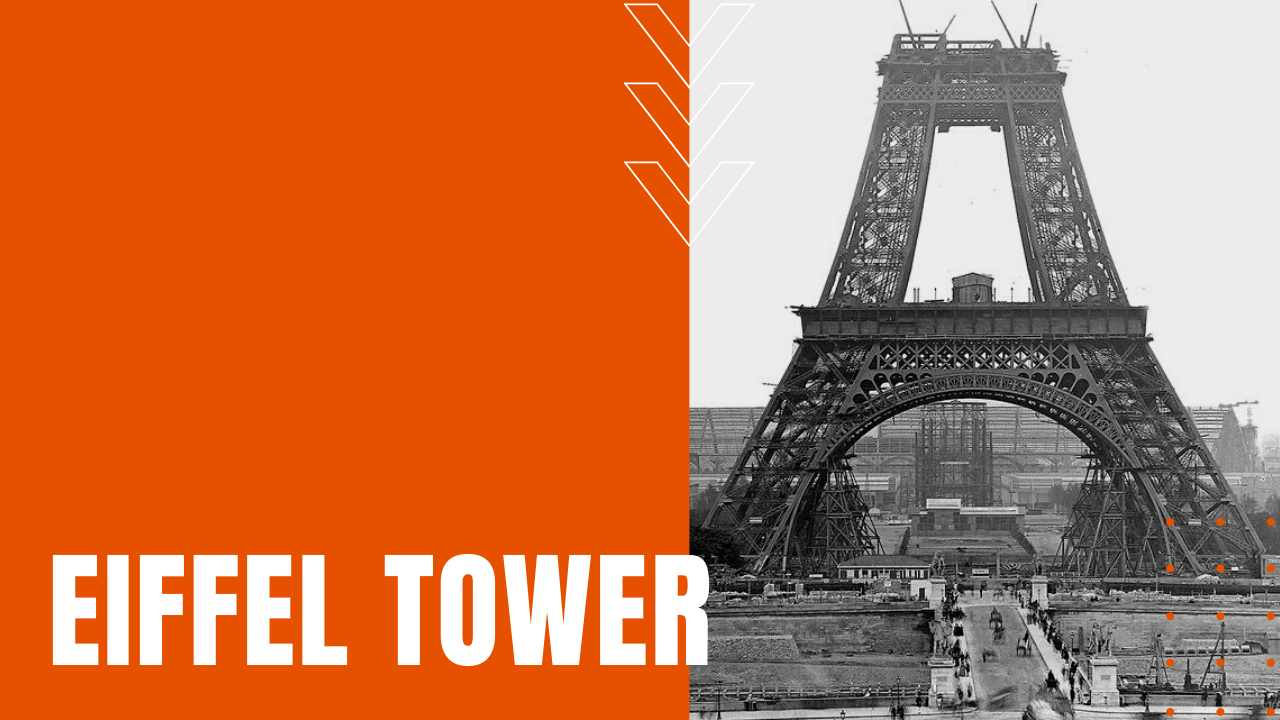The Eiffel Tower: History, Purpose and Two Missed Demolitions

Who Built the Eiffel Tower?
The Eiffel Tower was built by acclaimed bridge builder and architect Gustave Eiffel for the 1889 World’s Fair and 100th anniversary of the French revolution, the tower that now bears Eiffel’s name was built from 18,000 pieces of iron and held together by 2.5 million rivets, employing several hundred workers over its two years of construction.
How Tall is the Eiffel Tower?
After its inauguration in March of 1889, the Eiffel Tower clocked in at just under 1,000 feet in height, making it the tallest structure in the world until the 1930 completion of the Chrysler Building in New York City.
At first, only the tower’s second-floor platform was open to the public, although in later years, all three levels could be accessed by stairs or a series of eight elevators. Originally intended as a temporary exhibit, the Eiffel Tower came close to being scrapped in 1909, until city officials recognized its value as a radiotelegraph station, which during the First World War was used to intercept enemy radio communications, which were then relayed by zeppelin telegraphers in an effort to apprise soldiers in the field about enemy troop movements and buildups.
During the Nazi occupation of Paris in World War Two, Hitler ordered the demolition of the city’s now defining symbol, however, the command was ignored by SS officers after Hitler left the city. Before war’s end, French resistance fighters famously cut the Eiffel Tower’s elevator cables, forcing the Nazis to ascend the tower by stairs.
The Eiffel Tower Today
Today, the Eiffel Tower continues to serve as an important platform for broadcasting television and radio signals, and while many at first considered the tower to be an eyesore, in modern times it has gained the reputation as an architectural wonder that draws more tourists than any other paid attraction in the world, welcoming an estimated 7 million visitors each and every year.
Nearly 500 employees tend to the Tower’s daily operations, working in its three restaurants or directing the steady flow of tourists up to the Tower’s platforms for a panoramic look at the City of Lights, making the Eiffel Tower one of the tallest and most iconic symbols of France.
